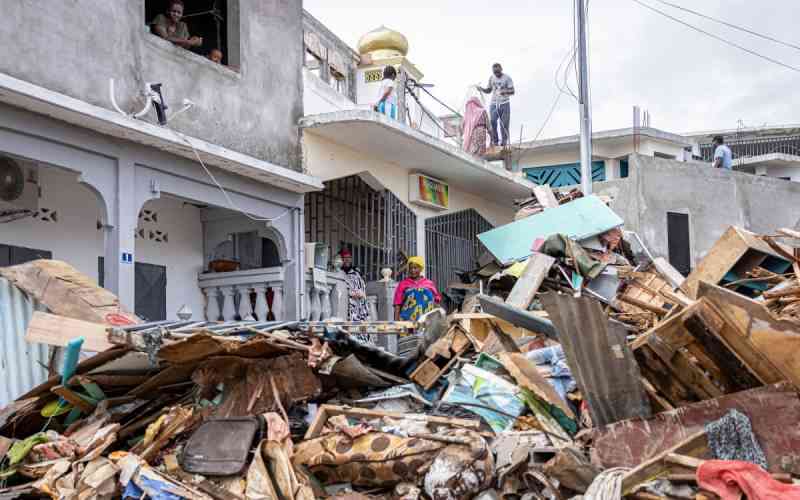With cases of learners dying within school premises on the rise, parents and other key education stakeholders are voicing concern.
Just a few months ago, a student at a school in Nairobi died as she was swimming in the school pool.
Two weeks ago, a Form Four student died at Otieno Oyoo High school in Kisumu County.
According to the school principal, they tried to resuscitate the student before sending him to the nearby health centre where he was pronounced dead on arrival.
Though there were varied theories about these and other school deaths, parents are alarmed that most schools may not be well-equipped with basic first-aid knowledge and kits, thus putting the lives of learners on the line.
Bernard Indiatsi, a parent in Nairobi who was last year called to school after his daughter broke her arm says:
“The principal called me urgently to see my daughter who was in pain after the accident. On arriving at the school, I found my daughter lying down. Two teachers were stretching her arms in what they called first-aid. Other students surrounded my daughter. That was a clear case of lack of knowledge of first aid. I had to call an ambulance to take her to hospital.”
Joyce Njeri, a parent in Nairobi, believes most schools are not prepared to handle even simple injuries within their premises.
BASIC FIRST AID
“The cases we are witnessing only shock us. You send your child to school every morning but you fear that you may get a call of an accident, which the school cannot handle even through basic first aid administration.
Those in the business of education entrepreneurship have little consideration on this very important aspect of learners’ lives within school premises. Thousands of schools lack them.
Though the Government policy is clear on this aspect, little effort is seen in effecting it. It is only mentioned when accidents occur in schools,” says Njeri.
According to a recently published study, ‘Injury Management in High Schools in Kenya’, by three scholars from KU (Kenyatta University), Jkuat (Jomo Kenyatta University of Agriculture and Technology) and Pwani University, Kenyan high schools are yet to bridge the knowledge gap on the methods of managing injuries within school premises.
As a result, the report argues that student injuries result in wasting of class time, increased health complications and sometimes lead to death.
The study, which was conducted in 2010 and surveyed 278 national high schools, showed that 11 per cent of the participating schools had no First Aid kits while 23 per cent did not have a qualified first aid giver.
Another striking feature of the report was that half of the schools that participated in the study did not have a school sanatorium.
Stay informed. Subscribe to our newsletter
Though the Ministry of Education published a Schools’ Safety Standards manual, parents are concerned that it is yet to be implemented. A key requirement in the manual is that each school must have at least one teacher trained in first aid.
Mary Wafubwa, a teacher, says the resources excuse which most schools advance is not sufficient.
“I have always pushed my principal to at least train two or three teachers who can handle minor injuries. Schools must display knowledge on such procedures. This can save a student’s life even before being taken to a health centre,” she says.
 The Standard Group Plc is a
multi-media organization with investments in media platforms spanning newspaper
print operations, television, radio broadcasting, digital and online services. The
Standard Group is recognized as a leading multi-media house in Kenya with a key
influence in matters of national and international interest.
The Standard Group Plc is a
multi-media organization with investments in media platforms spanning newspaper
print operations, television, radio broadcasting, digital and online services. The
Standard Group is recognized as a leading multi-media house in Kenya with a key
influence in matters of national and international interest.
 The Standard Group Plc is a
multi-media organization with investments in media platforms spanning newspaper
print operations, television, radio broadcasting, digital and online services. The
Standard Group is recognized as a leading multi-media house in Kenya with a key
influence in matters of national and international interest.
The Standard Group Plc is a
multi-media organization with investments in media platforms spanning newspaper
print operations, television, radio broadcasting, digital and online services. The
Standard Group is recognized as a leading multi-media house in Kenya with a key
influence in matters of national and international interest.








